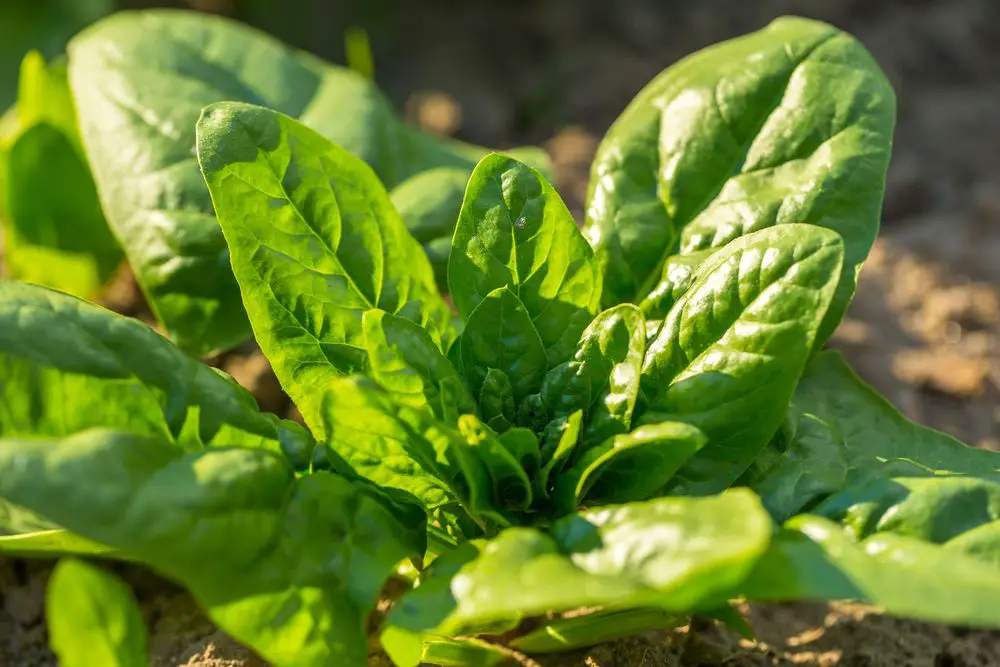Spinach is perhaps one of the simplest plants to produce, and a wonderful addition to practically any vegetable garden because of its ease of cultivation. It is also quite easy to harvest and does not need any extra attention.
The best 11 companion plants for spinach are Brassicas, Other Leafy Vegetables, Alliums, Beans and Peas, Umbellifers, Strawberries, Radishes, Tansy, Nasturtiums, Nightshade, and Cucurbits.
The 11 Best Companion Plants for Spinach
It turns out that spinach can grow with a wide variety of other plants as a companion plant. As a result, rather than focusing on specific plants, we aim to provide you with a comprehensive overview of various plant categories.
Using the best spinach companion plants is one of the most effective strategies to increase the development of your spinach.
These species not only grow well with spinach, but they also aid in the spinach’s growth by making it healthier, larger, and quicker.
We chat about them in this section.
We’ll help you learn about all the companion species that work well with spinach, why they’re so beneficial, and how to get the most out of each one. More importantly, we’ll show you which plants to avoid and why they should be avoided.
1. Brassicas
In addition to being members of the mustard family and cruciferous vegetables, all the brassicas are excellent partners for spinach, according to the USDA.
Spinach and brassicas do not compete with one another for nutrients in the least. You can plant them only a few inches apart and there shouldn’t be any issues.
They collect nutrients at distinct rates, allowing them to develop without interfering with one another’s growth.
The radish is the one that stands out among all these vegetables. The density of its leaves distinguishes it from other brassicas, which makes it stand out from the crowd.
Pests such as leaf miners, which feed on spinach, are attracted to the plant because of this.
You might wonder: Won’t the radish be in trouble if the leaf miners get their hands on it? Yes and no, to be honest.
Leaf miners will not be a significant issue if the radish has already matured. However, if the radish is still young, it may be harmed.
Radishes, on the other hand, grow quite quickly. Even if the leaf miner succeeds in attacking the radish, it will take a long time to eliminate it.
In most circumstances, you’ll be able to harvest the radish before the leaf miners can do any serious harm.
2. Other Leafy Vegetables
Spinach is a leafy vegetable that can be found among the hundreds of varieties available (including brassicas). You may thus safely grow other green vegetables alongside spinach as a result of this fact.
Here, on the other hand, you’ll have to be very selective. Some species require nearly the same amount of nutrients as spinach when grown at the same soil level. If you aren’t cautious, you may find yourself with plants that are fighting for the same nutrients.
The primary advantage of consuming these veggies is that they help to prevent the spread of common ailments.
Aside from that, they frequently attract a variety of pests that are not interested in spinach.
This protects the spinach from undesirable predators and ensures that both the spinach and its partner remain healthy.
3. Alliums
You might also refer to all of the plants in the onion family as alliums, which isn’t a bad thing to think about. They are quite beneficial for a variety of reasons, the most important of which is that they prevent pests that enjoy consuming spinach.
It’s important to note that these plants may provide a variety of health advantages. For example, leeks will keep carrot rust flies away from spinach, preventing it from becoming infected.
As an alternative, garlic will deter practically all other pests, including anything from beetles to aphids, spider mites, and a host of other insects.
Garlic, on the other hand, offers another advantage. It causes sulfur to collect in the planting area. This helps to avoid the spread of illnesses that might affect spinach and/or other plants.
Spinach and garlic both contain saponin, which has a similar impact to that of garlic, resulting in a virtually indestructible garden.
4. Beans and Peas
For the same reasons, even though they are completely different plants, both peas and beans may be utilized as spinach partners in the same way. They assist in making better use of available space while also providing some shade for the spinach.
may be utilized as spinach partners in the same way. They assist in making better use of available space while also providing some shade for the spinach.
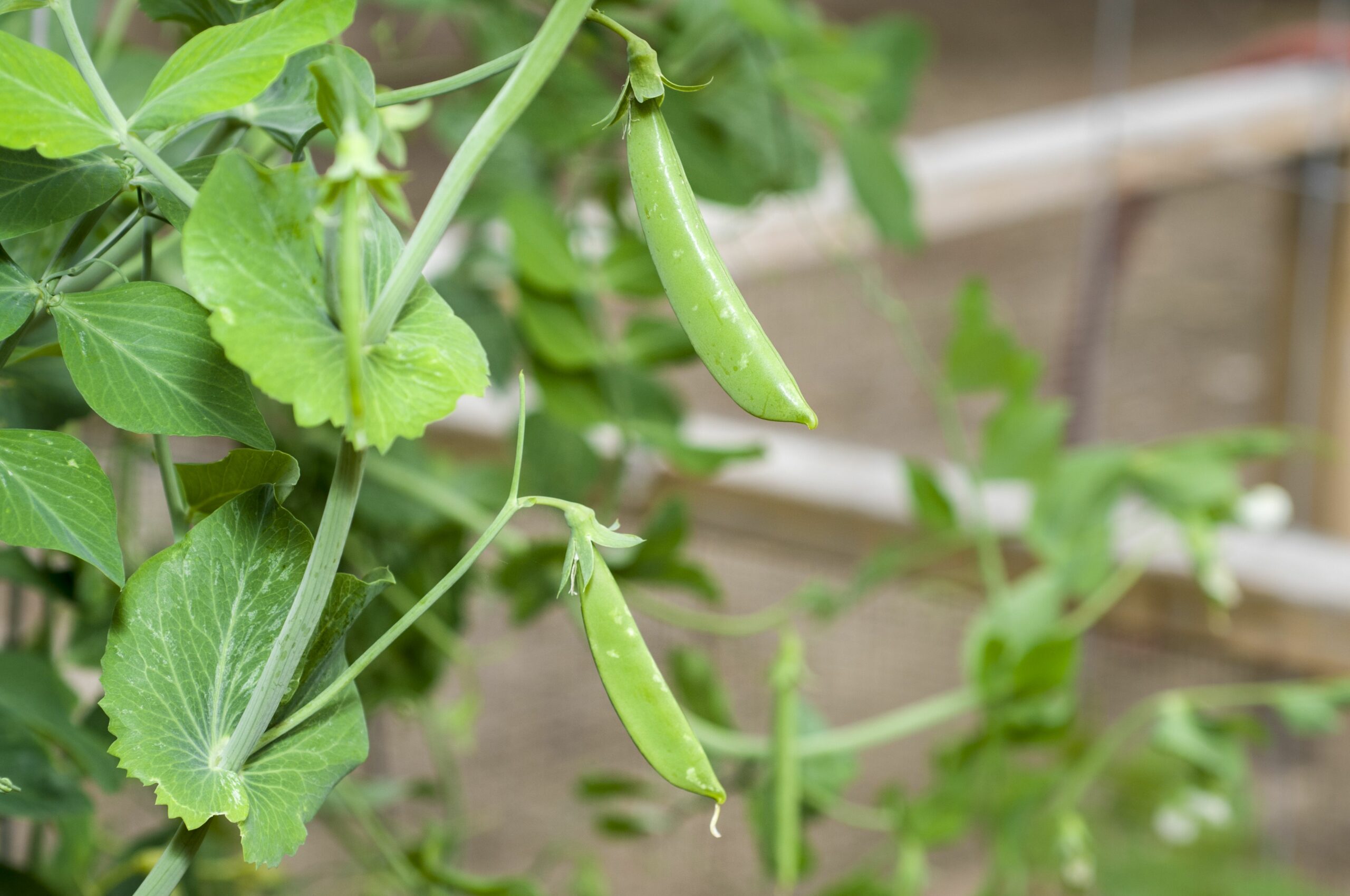
The biggest advantage comes from the nitrogen, which is abundant in both peas and beans and may be used to fertilize the spinach.
Since pole beans, green beans, and peas are all grown vertically, they are good companion plants for spinach.
Several other plants in the legume family make excellent spinach partners. The peas and beans will provide shade for the spinach, which will benefit from the hot afternoon heat.
Beans, bush beans, and peas will also assist to fix nitrogen into the soil, which will aid in the growth of the spinach, which will become bushy and dark green.
Under the bean plants, the spinach functions as a living mulch, helping to keep the soil cool and wet while the beans grow.
When it comes to peas, there is a tiny variation between the two. It is important to note that while they leave numerous nutrients in the soil, they also leave crucial compounds that serve to protect the spinach’s root.
5. Umbellifers
These plants are both fragrant and edible, and they may be eaten raw or cooked. Other members of this family are also referred to as herbs in some circles. In any case, if you’ve never heard of the term umbellifers before, don’t be concerned.
The capacity to prevent pests from infesting spinach is the most significant benefit they have. Because of the powerful aroma emanating from their blossoms, they can keep leaf-eating pests at bay.
When it comes to dill, you’ll only need to use it once the spinach has grown about a third of the way up the stem.
Nutrient-sharing actions begin as soon as dill begins to develop, and as spinach begins to mature, resulting in bigger and better-tasting spinach while simultaneously aiding the growth of dill.
It’s important to note that overripe dill can cause harm to spinach, so make sure to utilize it properly.
6. Strawberries
Most berries are also suitable for pairing with your spinach. However, none of them is as effective as the strawberry plant in terms of yield.
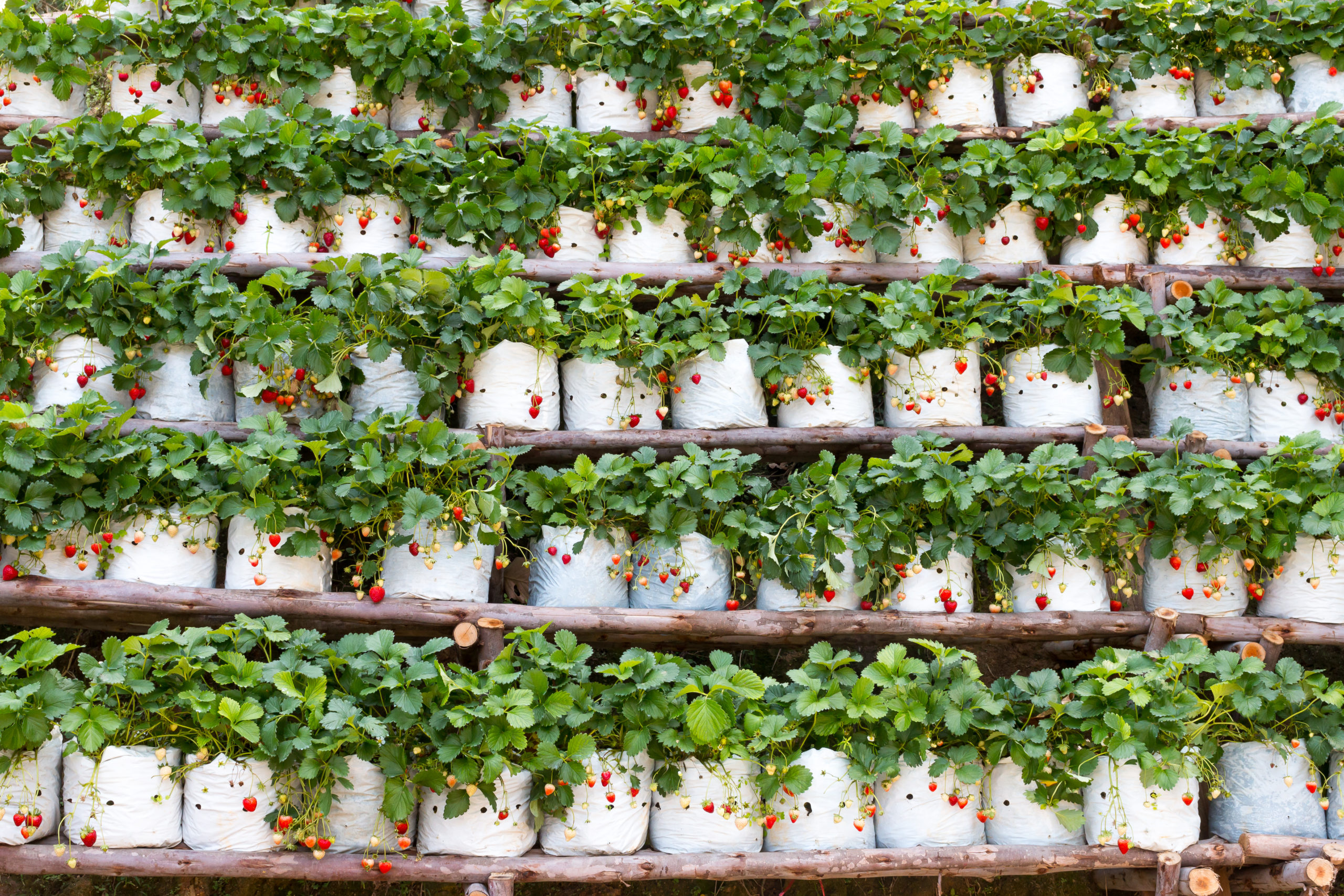
For one thing, they can take nutrients from a different soil level than other plants. The second reason is that strawberries help to keep the soil wet and cold, which is ideal for growing spinach.
help to keep the soil wet and cold, which is ideal for growing spinach.
Strikingly, strawberries gain a lot from this since spinach grows higher than strawberries, providing beneficial shade that the berries like.
Furthermore, the saponin produced by spinach is extremely advantageous to the strawberry since it helps to avoid common illnesses when the plants are placed near together.
Planting them together will result in higher yields and healthier development in both the short and long term for both the plants.
7. Radishes
Radish is commonly used as a sacrificial companion plant for spinach, which explains why it is so popular. Pests such as flea beetles, aphids, and leaf miners are attracted to the plant’s leaves.
The presence of leaf miners in your garden is especially detrimental if you are producing spinach since they are specifically targeted by these pests.
Planting radishes around your spinach will keep pests away from the radish leaves and away from your spinach. However, the good news is that your radish plants are not doomed in their endeavors.
Pests will eat the leaves of the radish plant, but they will not eat the root of the plant, which is the portion that is harvested.
8. Tansy
Tansy is a good companion plant for spinach because its yellow leaves repel insect pests, which makes it an excellent pesticide. Tansy also contributes to the accumulation of nutrients in the soil, particularly potassium.
Potassium is a vital component that is advantageous to the growth of spinach. Tansy, on the other hand, should not be consumed by animals or children due to its toxicity.
Instead, cultivate it exclusively as an aesthetic plant beside your spinach to provide color to your garden.
9. Nasturtiums
Nasturtiums are a pest repellant that may be grown with spinach to provide additional protection. They have brightly colored blooms that attract insects such as aphids and beetles to their nectar source.
Spinach, on the other hand, is a superb plant companion that can be used in conjunction with other plants.
Essentially, this implies that they are compatible with one another in terms of growth conditions in the same garden.
Have you ever considered growing spinach alongside fruits and exotic plants as a side project?
10. Nightshades
Tomatoes, eggplant , and peppers are all members of the nightshade family, which also contains other garden staples.
, and peppers are all members of the nightshade family, which also contains other garden staples.
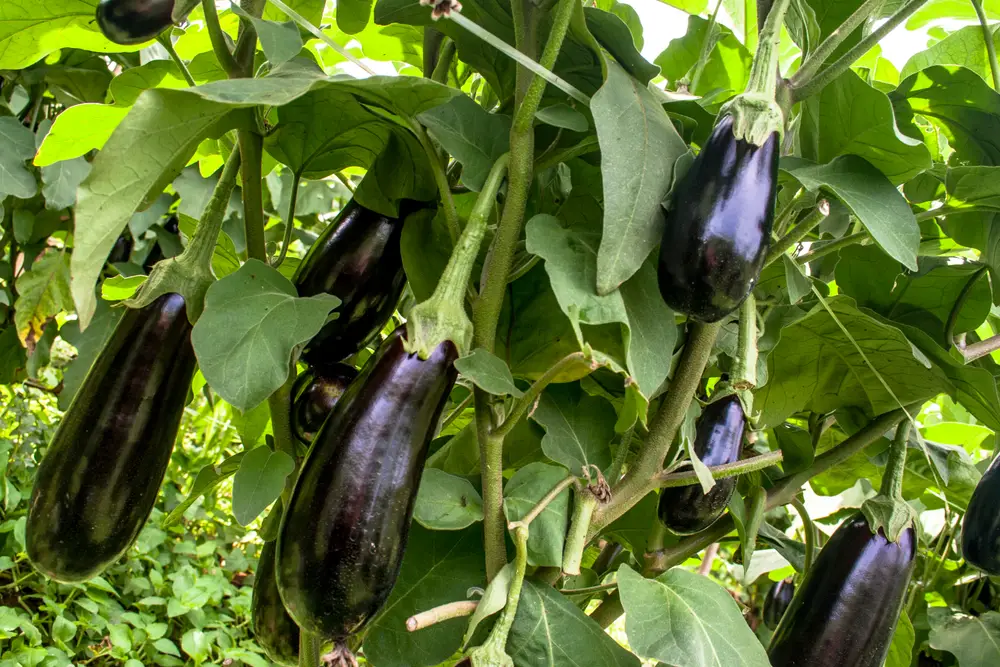
Aside from that, it contains potatoes , which are normally not suggested as a companion plant for spinach due to their ability to compete with the plant for nutrients.
, which are normally not suggested as a companion plant for spinach due to their ability to compete with the plant for nutrients.
Those grown in containers such as tomato plants, eggplant plants, and pepper plants do not require shade, and their leaves may provide some beneficial shade for your spinach, which can aid in weed suppression at their base.
It is important to note that nightshades thrive in warm weather, which implies that they should be planted much later in the season than spinach. When it’s time to plant your tomatoes, peppers, and eggplant, your spring spinach will most likely be nearing the end of its growing season.
However, the plants you’ll be planting will likely help extend the spinach season a little longer while you wait for the slower-growing crops to bear fruit.
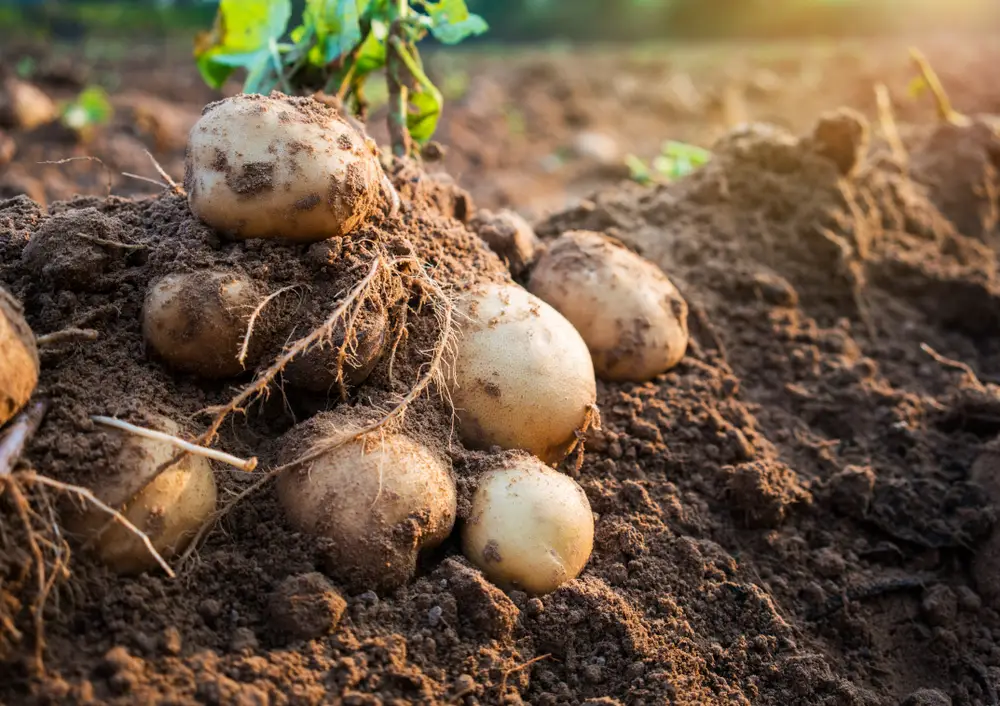
11. Cucurbits
Cucurbits — which include squash, melon, and cucumber — do not compete with spinach for nutrients in the same way that nightshades do. Cucurbits, when grown vertically, benefit from the weed control provided by spinach and other leafy greens.
— do not compete with spinach for nutrients in the same way that nightshades do. Cucurbits, when grown vertically, benefit from the weed control provided by spinach and other leafy greens.
With large, spreading vines dragging on the ground, you must be careful that your cucurbit vines do not encroach on the space reserved for your spinach plants.
However, because most cucurbits aren’t planted until the earth has warmed up, your spring spinach will most likely be finished by the time your squash and melon vines are ready to flower and fruit.
The Importance of Having Companion Plants for Spinach
While most people believe that growing vegetables alone is the best course of action, this is not always the case.
Growing the right companion plants will help to accelerate their growth, among other benefits.
Here are some reasons why you should grow spinach with companion plants :
:
Utilization of Space
When planting spinach on its own, you must split the plants into rows and columns, providing plenty of space on the sides and surrounding the plants.
With buddies, you may plant the seeds closer together and save every square inch of available space.
Avoid Plant Pests and Diseases
When spinach is grown close to other spinach plants, illnesses are more likely to spread. Even if they are not overly tight, illnesses will not have to battle to spread from one plant to another if they are properly secured.
Pests behave similarly — if there are no plants around to attract or repel them, they will eat up all your spinach and wilt your garden.
Increased Vegetable Aroma and Taste
Surprisingly, spinach tastes better when eaten with some other foods. Plants that provide certain nutrients to the soil will eventually improve the flavor of the spinach that they grow.
Helps Improve Plant’s Growth
The fact that some plants may provide protection from the sun and eventually give beneficial minerals to the soil allows spinach to develop more quickly and healthfully, while spinach is in the sprouting stage.
Final Thoughts on the 11 Best Companion Plants for Spinach
As you can see from this post, selecting plants that are compatible with your spinach will allow your spinach to grow rather than competing for space and nutrients.
Companion plants with comparable or the same requirements as spinach are recommended since spinach requires soil that maintains some moisture, moderate shade, and enough nutrients.

